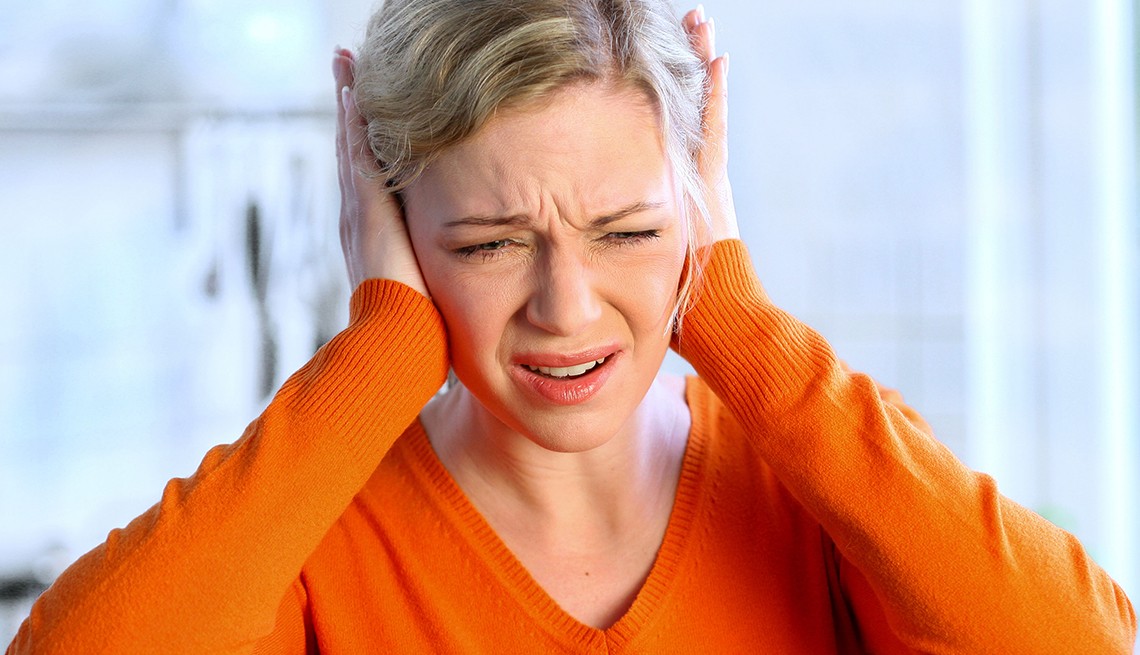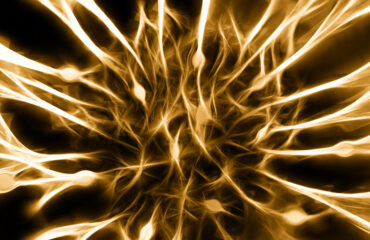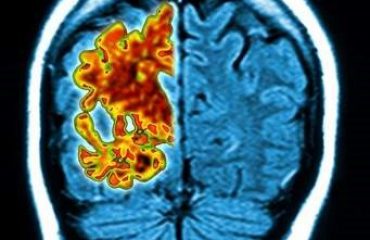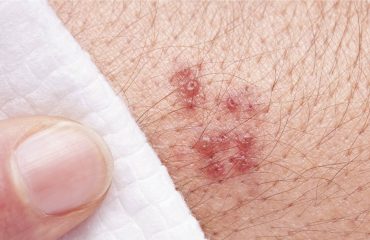One in five people suffer from tinnitus, a malady that patients typically describe as chronic ringing, buzzing, or clicking sounds in their ears. It is not due to anything in the environment. Sometimes it might be that you are hearing your own pulse. More often it is a ringing or hissing noise. According to the American Tinnitus Association, nearly 50 million Americans suffer with tinnitus and while it is primarily an age-related hearing loss—an ear injury, a dental procedure, cardiovascular disease or poor circulation are among possible causes. What’s more, it most commonly afflicts people over the age of 40 and is more likely to affect men.
There are two kinds of tinnitus:
Subjective tinnitus is the most common type of tinnitus that only you can hear— a phantom sound. It can be caused by outer, middle or inner ear problems or as a result of problems with the hearing (auditory) nerve or the part of the brain that interprets nerve signals as sound (auditory pathways).
Objective tinnitus is a rare type of tinnitus that is caused by a blood vessel problem or a middle ear condition.
Tinnitus can worsen with age and become chronic but for many people, it can improve with treatment. Treating the underlying cause often helps significantly. Other treatments may help mitigate or mask the relentless noise in your ears, making tinnitus less noticeable. For example, sound-based therapies use external noise to alter a patient’s “perception of, or reaction to” tinnitus. However, these therapies do not cure it, but may help reduce the intensity and discomfort.
The following sound-based therapies may be used:
- Distraction: using a soothing external sound to divert a patient’s attention from the sound of tinnitus
- Habituation: helping the patient’s brain reclassify tinnitus as an unimportant sound that should be ignored
- Masking: exposing the patient to an external noise at a loud enough level to completely cover the sound of their tinnitus
- Neuromodulation: using special sounds to reduce neural hyperactivity considered the underlying cause of tinnitus
While the above can be effective, researchers now believe that masking through the use of white noise machines can impair cognitive performance. White noise machines offer a sound mix of all frequencies the human ear can hear, often sounding like a hair dryer or an electronic fan running. Because they can drown out other sounds, these devices are commonly recommended as a way to manage tinnitus, especially at low-to-moderate decibels. However, a recent study in the JAMA Journal of Otolaryngology–Head & Neck Surgery states that white noise’s lack of structure can worsen tinnitus symptoms. The study researchers also suggest that white noise could possibly “accelerate the ageing of the brain” and increase the risk for dementia.
This is contrary to a 2017 brief in Nature which cited the experiment by Professor Karl Kandler at the University of Pittsburgh. He and his colleagues exposed mice to 45 minutes of loud noise and found that after a week, “all the mice had experienced hearing loss, and about half of them failed to detect silent gaps in background noise, a sign of tinnitus in animals.” In all mice with hearing loss, “neuronal (hearing) circuits were reorganized; neurons in these circuits were more likely to fire in animals with symptoms of tinnitus.” Afterwards, the mice were exposed to white noise of moderate intensity for another week causing researchers to note decreases in the proportion of mice with tinnitus symptoms from 51% to 12%. In addition, a 2015 German study found that white noise exposure had “no general effect on cognitive functions.”
If you suffer from tinnitus, see your doctor immediately to uncover possible underlying causes and to discuss treatment options. Don’t purchase any white noise devices until you do.
Strategic Communications Professional/Content Strategist/Marketing Communications Consultant





